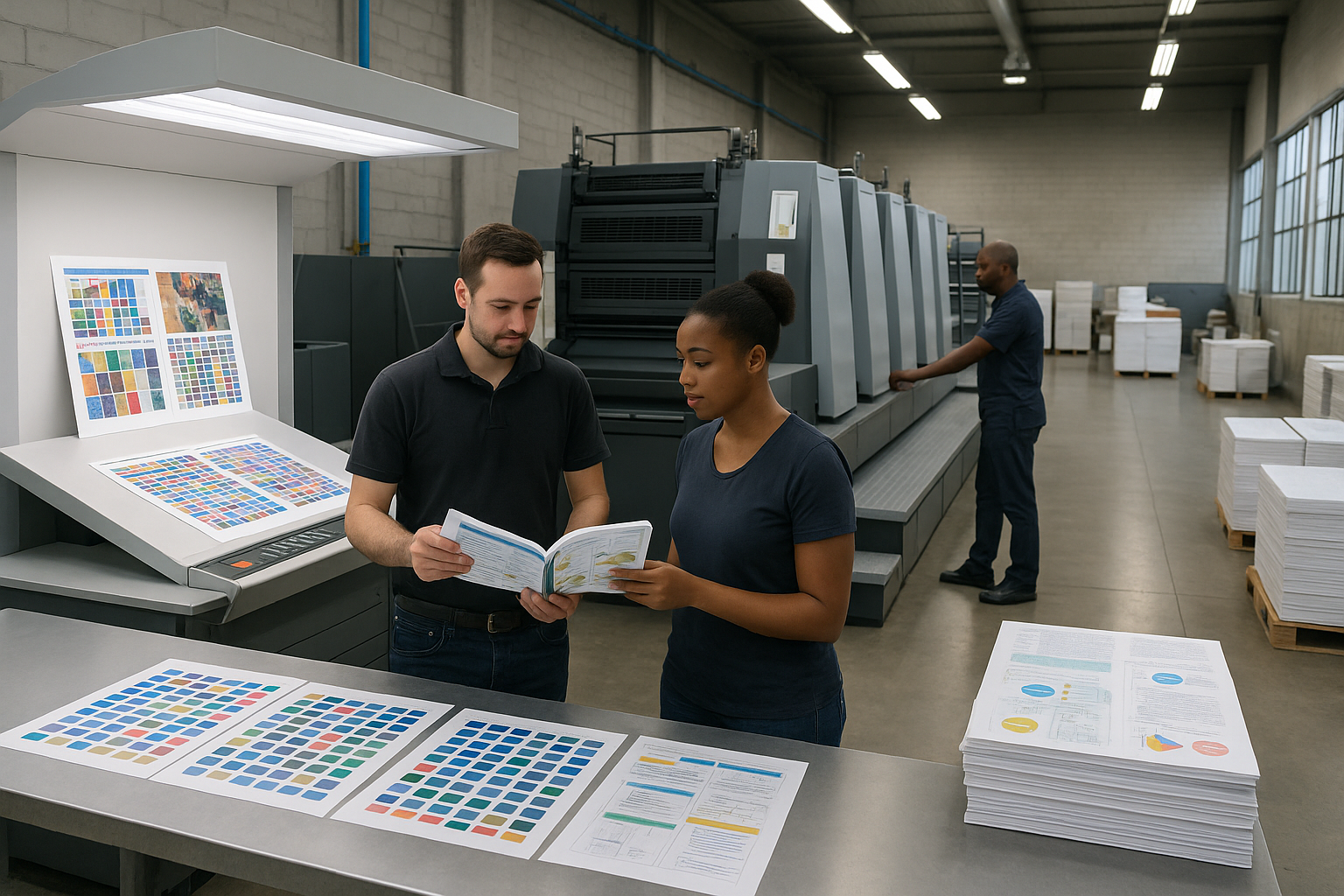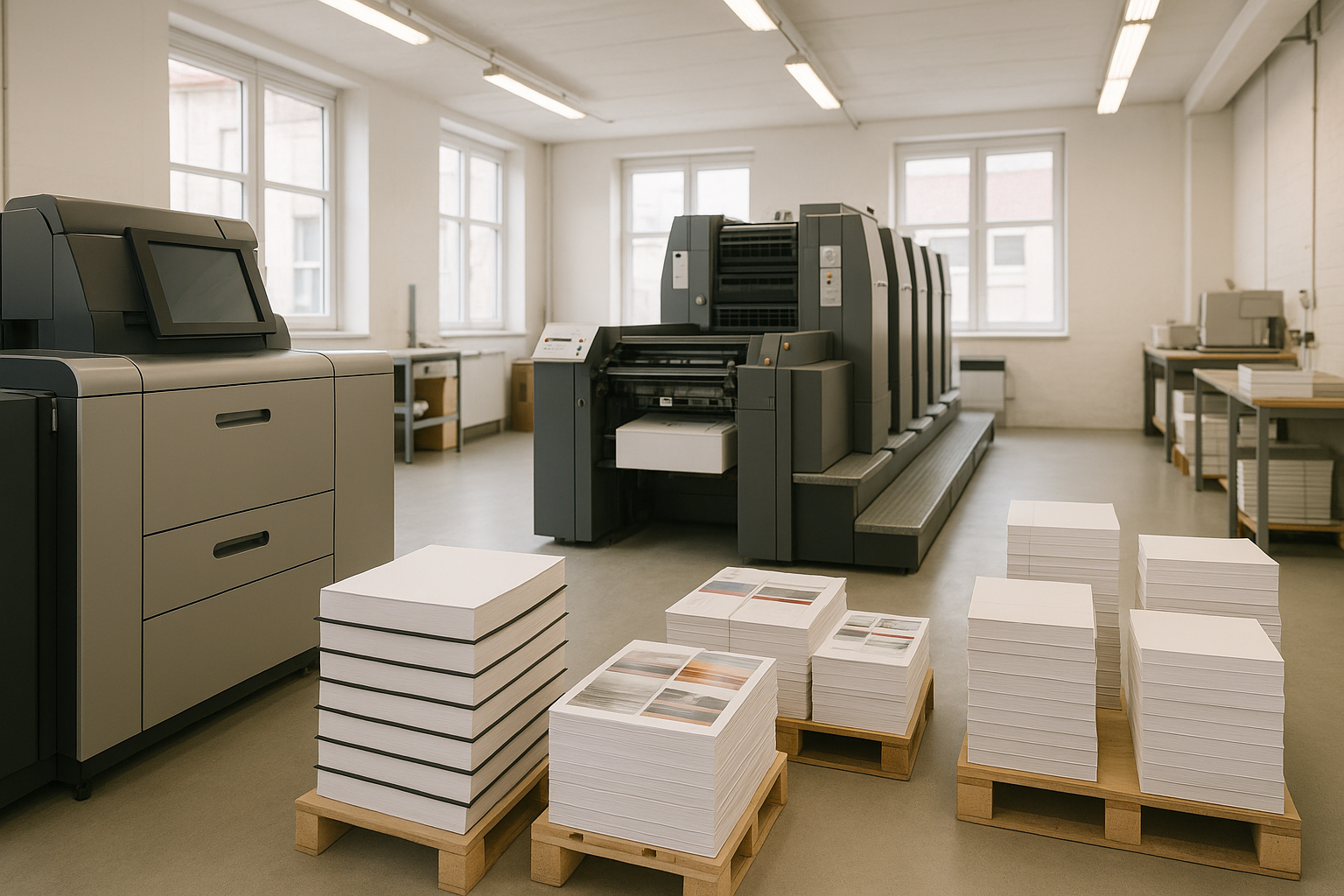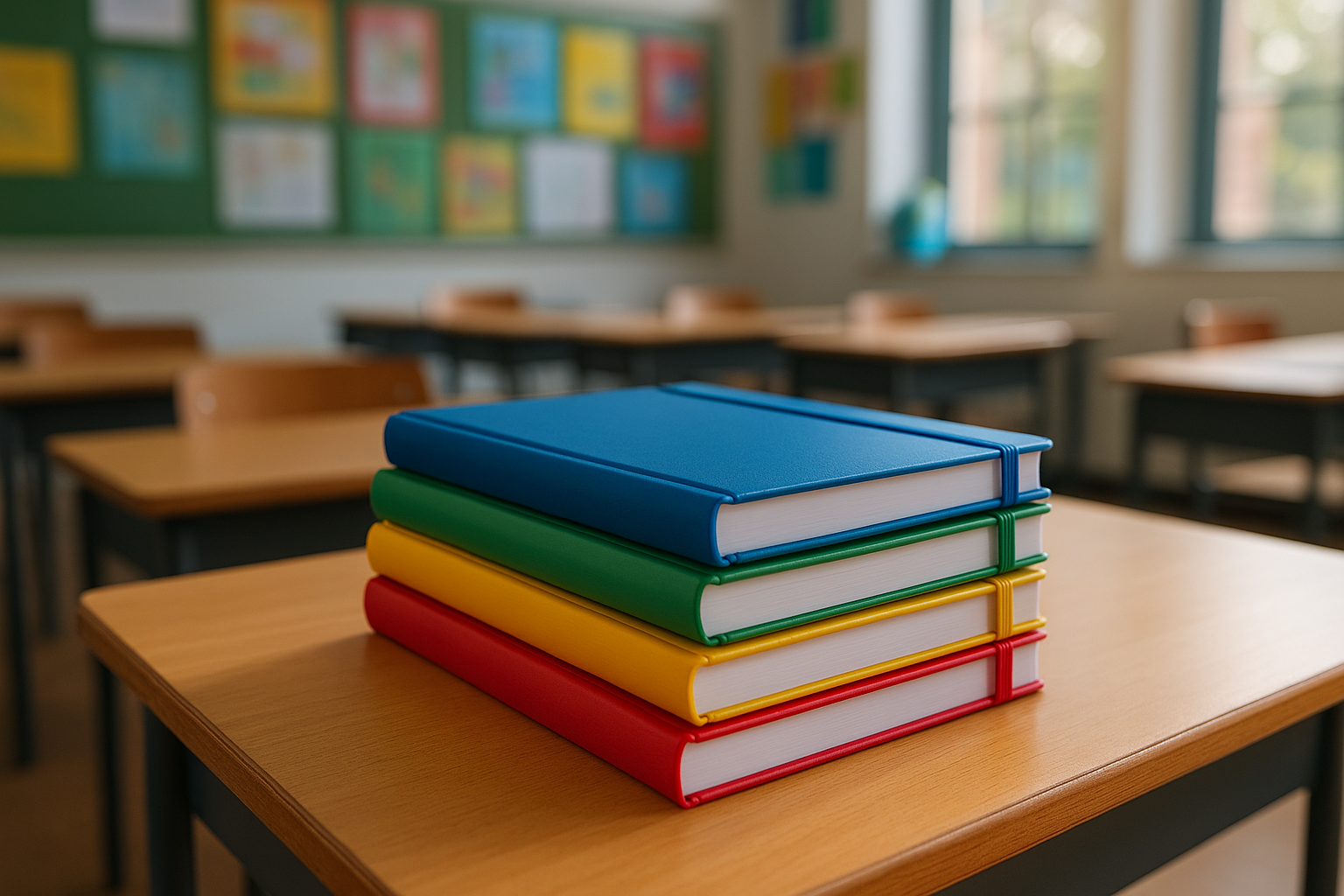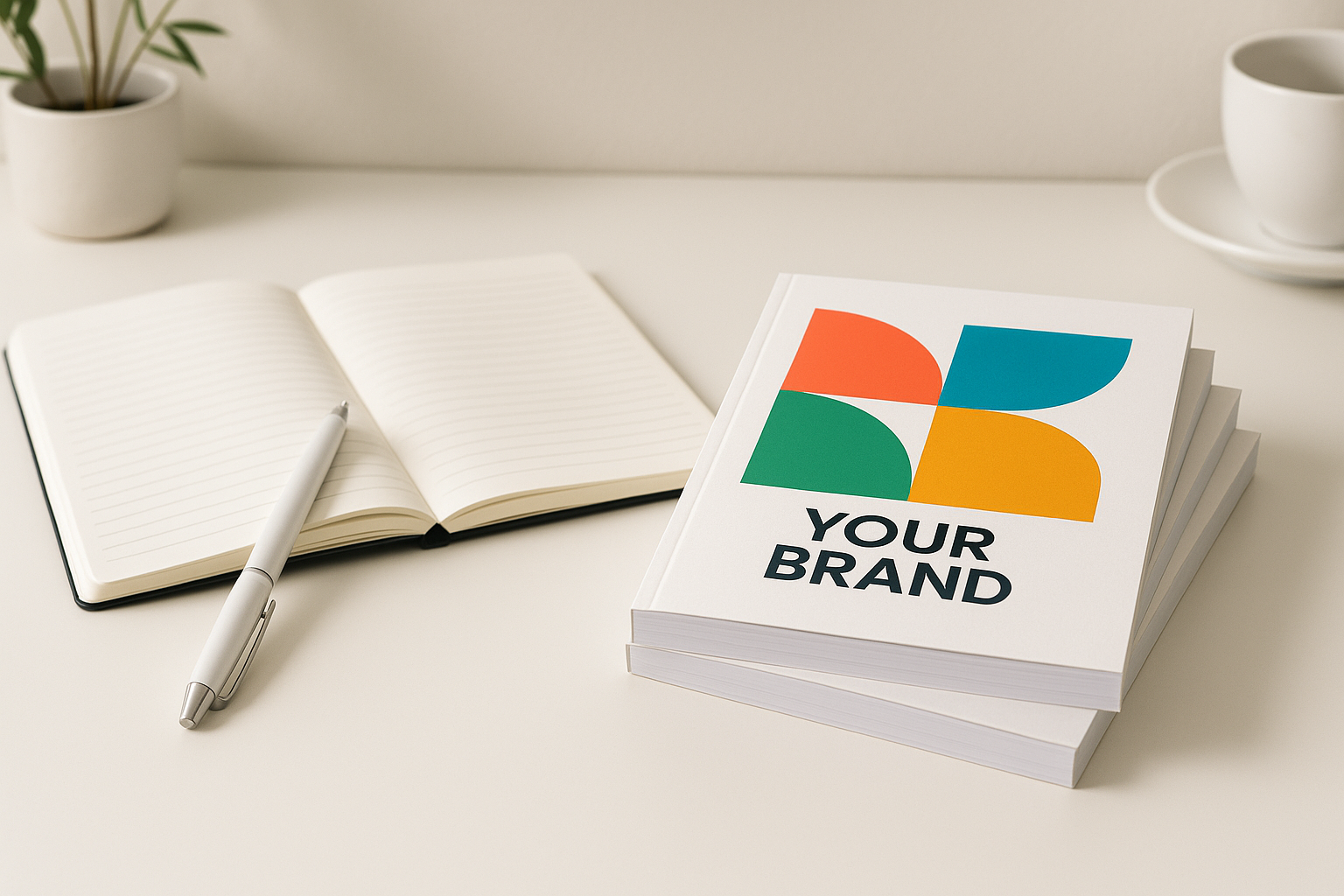Educational and school printing services are essential for principals preparing lesson materials, textbooks, newsletters and promotional items each term in South Africa. Whether you need bulk educational printing for whole classes, fast turnaround printing for events, or cost-effective print-on-demand solutions, understanding the options will save time and money.
What are Educational and school printing services and why do schools need them?
Educational and school printing services cover a wide range of printed products tailored to schools and education providers: textbooks, workbooks, training manuals, booklets, brochures, catalogues, newsletters, posters, business cards and custom packaging for educational kits. Schools rely on these services to deliver consistent learning materials, support teacher planning, and promote events or fundraising. In South Africa, principals often balance tight budgets, term schedules and curriculum requirements, making reliable printing partners indispensable.
Good providers offer commercial printing expertise, including litho and digital printing, custom publishing, print-on-demand, and finishes like lamination or spot UV for durability and professionalism. They also handle delivery across South Africa and can advise on cost-effective print solutions or eco-friendly printing options.
How do I choose between litho and digital printing for school materials?
Choosing between litho (offset) and digital printing depends on quantity, turnaround and finishing needs. Litho printing is cost-effective at higher volumes and delivers consistent colour across large runs, which suits full textbook and workbook orders. Digital printing offers faster turnaround, variable data printing (useful for personalised workbooks or student name labels), and lower setup costs—ideal for short runs or print-on-demand.
Consider these quick rules:
- Use litho for large-run textbooks, catalogues and brochures where per-unit cost matters.
- Choose digital for short runs, urgent jobs, personalised training manuals and small promotional materials.
- Ask about hybrid workflows: many South African printers combine both to optimise cost and speed.
For technical background on the printing process, see the Printing entry on Wikipedia.
What lead times and fast turnaround printing options are available in South Africa?
Fast turnaround printing is common for school events, emergency reprints and end-of-term materials. Typical lead times are:
- Digital short runs: 3 to 5 days (depends on finishing)
- Litho medium runs: 5–10 business days
- Large textbook runs with binding: 2–3 weeks (depending on quantity and binding type)
Printers that specialise in educational printing often offer rush services and staged delivery to meet term preparation deadlines. When planning, build in time for proofs, approvals and delivery across South Africa—rural and remote deliveries can extend timelines. Clear file preparation and prompt approvals reduce the chance of costly delays.
Can I get cost-effective bulk educational printing for textbooks and workbooks?
Yes. Bulk educational printing is one of the most cost-effective ways to supply courses and grades. Ordering a single large print run reduces per-unit cost because setup charges and plate costs are spread across more copies. Many schools and district offices in South Africa consolidate orders to secure better pricing.
According to the South African Department of Basic Education, there are over 24,000 public schools in South Africa, making large-scale textbook procurement and distribution a significant logistical exercise (According to the South African Department of Basic Education).
Tips to reduce cost:
- Combine orders across grades or schools.
- Standardise formats (same trim sizes, paper stocks and bindings).
- Use black-and-white interior pages with colour covers where appropriate.
- Consider print-on-demand for low-demand titles to avoid overstock and storage costs.
If your project is specifically textbooks, consider a specialist: see this textbook printing service for tailored options and volume pricing.

How do print-on-demand and custom publishing benefit school publishers and small schools?
Print-on-demand (POD) and custom publishing remove the need for large warehousing and allow schools to order exactly what they need. For small schools and NGOs, POD reduces cash flow pressure and minimises waste from unsold stock. Custom publishing services support curriculum alignment by enabling schools to create bespoke training manuals, teacher guides or specialised textbooks.
Advantages include:
- Lower upfront costs and reduced inventory risk
- Ability to update editions quickly (useful for changing syllabi)
- Personalisation—student names, class lists, or tailored content for remedial groups
Many South African educational printers provide hybrid models: print large runs for core textbooks and use POD for supplementary materials or updates. For structured training resources, consider professional training manual printing to ensure durability and consistent formatting.
What eco-friendly printing options should principals consider?
Eco-friendly printing reduces the environmental footprint of school materials and aligns with sustainability policies. Options include recycled paper stocks, eco inks, FSC-certified paper, and optimized print layouts to reduce waste. Some printers also offer carbon-offset shipping and water-efficient production methods.
According to UNESCO, access to textbooks and learning materials is crucial, but sustainable choices help ensure long-term availability and lower environmental impact (According to UNESCO).
Eco considerations for schools:
- Choose recycled or FSC-certified paper for workbooks and worksheets.
- Prefer eco inks over petroleum-based alternatives.
- Use duplex printing and consider digital alternatives (PDFs) when feasible.
Ask your printer for an environmental policy and proof of certifications to verify claims.
How should I prepare files and artwork for booklet, brochure, and catalogue printing?
Preparing print-ready files reduces errors and accelerates turnaround. Use the correct trim size, include bleed (typically 3mm), embed fonts or convert text to outlines, and supply images at 300 dpi in CMYK. For multi-page documents, provide a single PDF in the final page order with crop marks.
Checklist for file prep:
- PDF/X-1a or high-quality print PDF preferred
- All images at 300 dpi, CMYK colour profile
- 3mm bleed and 5–10mm safety margins
- Fonts embedded or converted to outlines
- Provide separate files for covers that require special finishing
Printers who handle brochure and booklet projects can also assist with prepress checks; if you need design or layout help, many suppliers offer that as an add-on—see brochure printing services and booklet printing as examples of full-service solutions.
What custom print finishes and packaging printing options improve engagement?
Finishes and packaging influence perception and durability. Common finishes include lamination (matt or gloss), aqueous coatings, spot UV, embossing, foil blocking, and wire or perfect binding. For kits and educational packs, custom packaging printing and packaging inserts help with organisation and branding.
Choosing finishes depends on use-case:
- Workbooks and frequently handled materials: matt lamination for durability and reduced glare
- Promotional brochures or donor reports: spot UV, embossing, or foil for a premium feel
- Textbook sets and kits: sturdy packaging printing to protect contents during distribution
Consider lifecycle: heavier finishes may increase cost and environmental impact, so weigh benefits versus budget and sustainability goals.
How much does school printing typically cost—and what factors affect the price?
Pricing varies widely based on print method, quantity, paper stock, binding, finishing and delivery. A short-run colour booklet will cost more per unit than a large litho textbook run. Below is a simple table of typical cost drivers to help principals estimate budgets.
| Cost Factor | Effect on Price | Typical Notes |
| Quantity | High | Larger runs lower per-unit cost |
| Print method | High | Litho cheaper per unit at scale; digital cheaper for small runs |
| Paper stock & colour | Medium | Colour interiors and heavier paper increase costs |
| Binding & finishes | Medium | Perfect binding, lamination and spot UV add cost |
| Delivery | Variable | Remote delivery in South Africa may add freight charges |
According to industry reports, the commercial printing sector adapts prices rapidly with paper and energy costs, so principals should ask for itemised quotes and compare multiple suppliers (According to industry research).
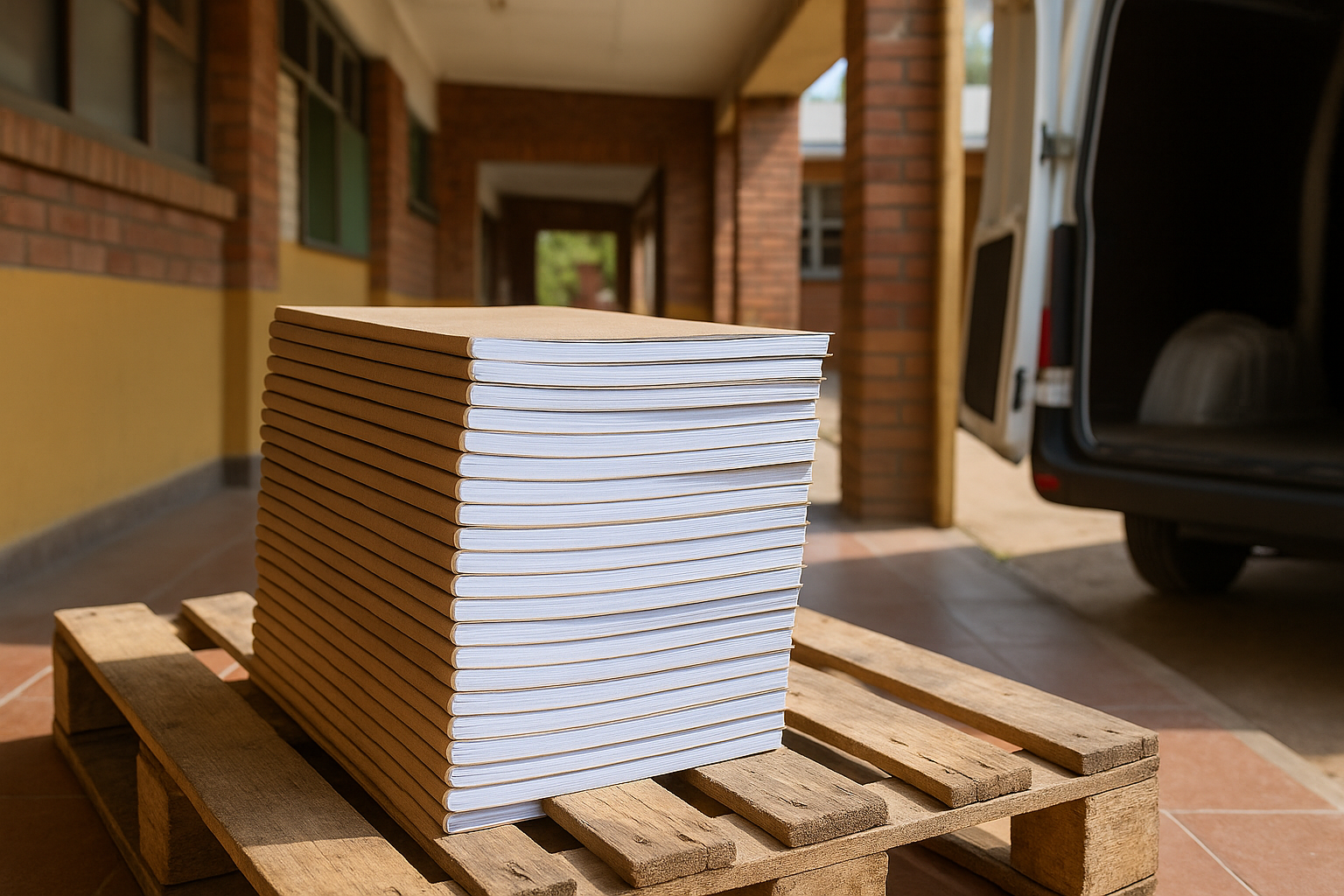
How does print delivery across South Africa work, and what about returns?
Printers typically offer national delivery with tiered options: standard freight, express courier, or palletised transport for large textbook runs. Delivery timelines depend on destination; major urban centres are faster than rural areas. For large contracts, printers can handle staged deliveries to multiple schools or depots.
Returns and reprints: reputable printers provide clear policies on damaged or incorrect orders. Inspect deliveries immediately and notify your supplier within the timeframe specified in the quote. For textbook printing or large education contracts, request a sample run and inspect binding quality and colour fidelity before full production.
If you need logistical support, some printers provide distribution and warehousing services, which is helpful for district-wide rollouts.
What are common mistakes to avoid when ordering school printing services?
Avoiding common pitfalls saves time and reduces cost. Mistakes include submitting low-resolution artwork, failing to allow proof review time, not confirming exact quantities or delivery addresses, and underestimating binding and finishing needs. Other frequent issues are mismatched colour expectations (RGB vs CMYK) and unclear specifications for personalised or variable-data jobs.
To minimise risk:
- Provide a detailed brief: quantities, deadlines, delivery addresses, and intended use.
- Request a hard-copy proof for colour-critical items.
- Confirm post-production processes—binding type, trimming, packing and labelling.
- Check for discounts on consolidated orders or repeat-term contracts.
Using a trusted education printing partner can eliminate many of these issues. If you produce a range of materials—from business cards and brochures for school marketing to full textbooks—work with a commercial printer experienced in school projects and custom publishing.

Where can I get started and who should I contact for specialised educational printing?
Start by listing your priorities: quantities, timelines, budget, sustainability preferences, and whether you require design or variable content. Then, contact Print It ZA — South Africa’s trusted educational printing partner — for itemised quotes, tailored advice, and sample packs from real school projects. We specialise in textbook printing, bulk educational materials, and nationwide delivery designed for schools, universities, and training providers.
Recommended next steps:
- Gather sample materials and prepare a clear brief.
- Request production timelines and courier options for delivery across South Africa.
- Verify eco-friendly certification claims and request printed proofs before final approval.
For brochures, booklets, and smaller marketing materials that support school communications and events, explore our brochure printing services and booklet printing solutions. For teacher guides and professional training resources, our training manual printing service ensures durable, high-quality materials suitable for frequent classroom use.
Final note: Principals and administrators who plan ahead, standardise formats, and partner with an experienced local provider like Print It ZA enjoy reliable, cost-effective, and sustainable educational and school printing services that meet curriculum and community needs across South Africa.
Contact Print It ZA today, for a Free Quote and Speedy Service.
Contact Print It ZA now, we deliver Printing Best!


